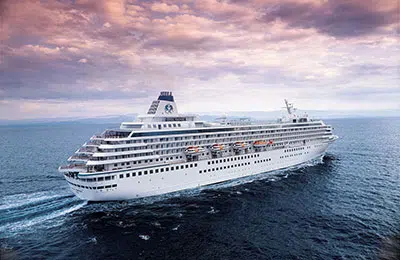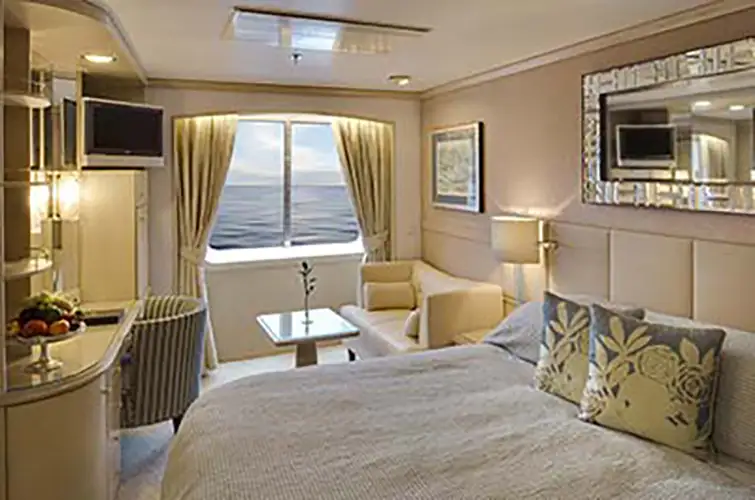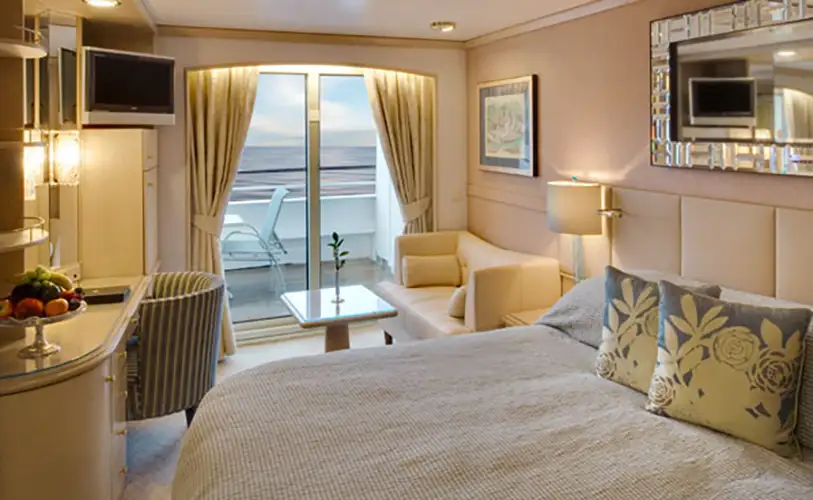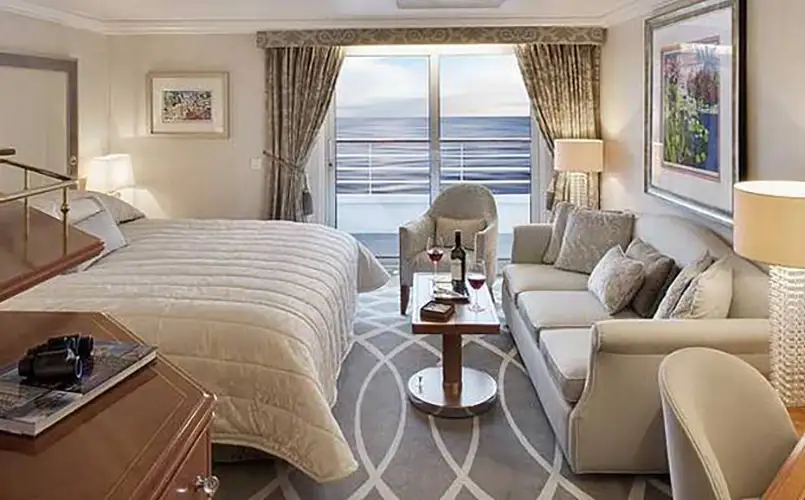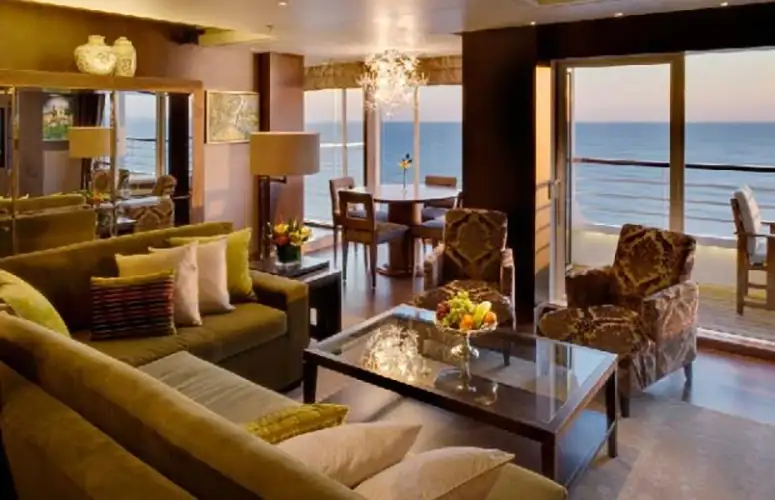12 nights from Lisbon (Portugal) with Crystal Symphony
Northern Europe: Portugal, Spain, France, United Kingdom
Enter the number of occupants and age to view cabin prices
Cruise itinerary
-
Thursday, July 18, 2024 - not foundLisbon
-
Friday, July 19, 2024 not found - not foundLeixoes
-
Saturday, July 20, 2024 not found - not foundFerrol
-
Monday, July 22, 2024 not found - not foundBordeaux
-
Tuesday, July 23, 2024 not found - not foundBordeaux
-
Wednesday, July 24, 2024 not found - not foundBordeaux
-
Friday, July 26, 2024 not found - not foundSaint Malo
-
Saturday, July 27, 2024 not found - not foundGuernsey
-
Sunday, July 28, 2024 not found - not foundHonfleur
-
Monday, July 29, 2024 not found - not foundHonfleur
-
Tuesday, July 30, 2024 not foundDover
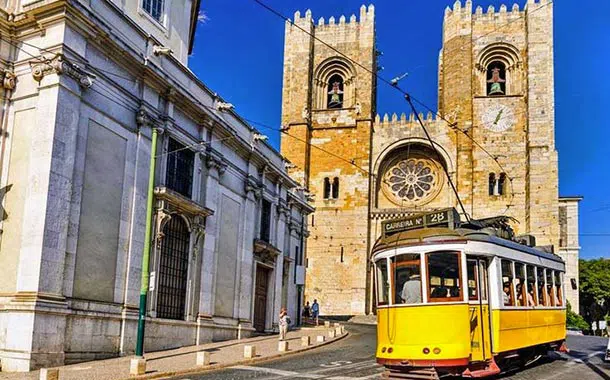
Lisbon
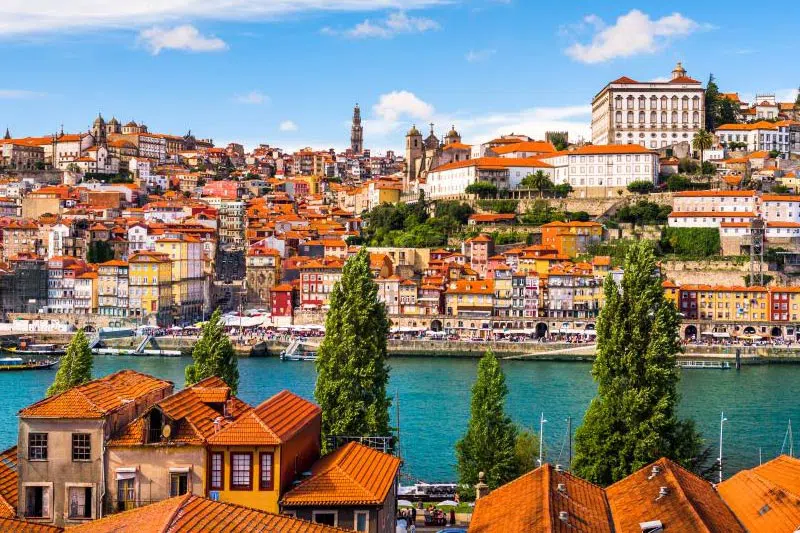
Leixoes
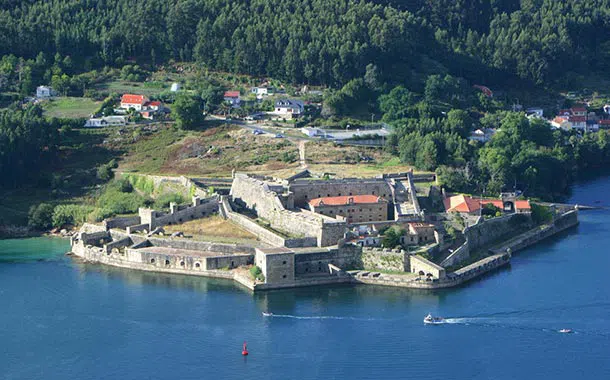
Ferrol
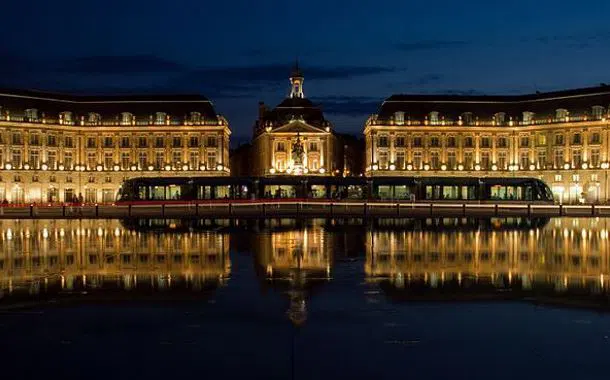
Bordeaux
Bordeaux is city on the Atlantic Ocean and its port hosts big ships. The city had initially the name Burdigala and was established in III Century B.C. by the Gallic people.
It was a neuralgic centre for the International commerce of tin and lead. After the arrival of the Romans, Bordeaux becomes one of the richest cities of Gallia and is robbed many times by populations such as Visigoths and Vandals. With the passing of time, the City starts economic relationships with England trading in salt and wine and, in XVI Century, also the colonial sugar and slaves start having a leading role in the sustenance of the city.
Bordeaux has a liveable city centre that can be visited by foot and that offers beautiful attractions and energy. At night, the city get crowded with young people filling up the main squares and the bars where you can taste excellent wines and plunge in the romantic atmosphere that the city assumes after the sunset. You can’t miss out Château de la Brède, a gothic style castle dated back to XIV Century, surrounded by a moat and an English garden. The philosopher Montesquieu lived here and tourists can visit his library and his bedroom that are just like they were in XIX Century.
We suggest to visit also the beautiful Saint Eloi Church. Established in XII Century, the construction and renovation works lasted until 1400’s. The current structure is dated back to this period. The church is one of the stop-overs of Santiago de Compostela walking tour and is part of UNESCO World Heritage. Bordeaux offers a wide variety of gastronomic and wine choices. There are many restaurants and bars where you can taste the best wines on the market and an amazing cuisine.

Bordeaux
Bordeaux is city on the Atlantic Ocean and its port hosts big ships. The city had initially the name Burdigala and was established in III Century B.C. by the Gallic people.
It was a neuralgic centre for the International commerce of tin and lead. After the arrival of the Romans, Bordeaux becomes one of the richest cities of Gallia and is robbed many times by populations such as Visigoths and Vandals. With the passing of time, the City starts economic relationships with England trading in salt and wine and, in XVI Century, also the colonial sugar and slaves start having a leading role in the sustenance of the city.
Bordeaux has a liveable city centre that can be visited by foot and that offers beautiful attractions and energy. At night, the city get crowded with young people filling up the main squares and the bars where you can taste excellent wines and plunge in the romantic atmosphere that the city assumes after the sunset. You can’t miss out Château de la Brède, a gothic style castle dated back to XIV Century, surrounded by a moat and an English garden. The philosopher Montesquieu lived here and tourists can visit his library and his bedroom that are just like they were in XIX Century.
We suggest to visit also the beautiful Saint Eloi Church. Established in XII Century, the construction and renovation works lasted until 1400’s. The current structure is dated back to this period. The church is one of the stop-overs of Santiago de Compostela walking tour and is part of UNESCO World Heritage. Bordeaux offers a wide variety of gastronomic and wine choices. There are many restaurants and bars where you can taste the best wines on the market and an amazing cuisine.

Bordeaux
Bordeaux is city on the Atlantic Ocean and its port hosts big ships. The city had initially the name Burdigala and was established in III Century B.C. by the Gallic people.
It was a neuralgic centre for the International commerce of tin and lead. After the arrival of the Romans, Bordeaux becomes one of the richest cities of Gallia and is robbed many times by populations such as Visigoths and Vandals. With the passing of time, the City starts economic relationships with England trading in salt and wine and, in XVI Century, also the colonial sugar and slaves start having a leading role in the sustenance of the city.
Bordeaux has a liveable city centre that can be visited by foot and that offers beautiful attractions and energy. At night, the city get crowded with young people filling up the main squares and the bars where you can taste excellent wines and plunge in the romantic atmosphere that the city assumes after the sunset. You can’t miss out Château de la Brède, a gothic style castle dated back to XIV Century, surrounded by a moat and an English garden. The philosopher Montesquieu lived here and tourists can visit his library and his bedroom that are just like they were in XIX Century.
We suggest to visit also the beautiful Saint Eloi Church. Established in XII Century, the construction and renovation works lasted until 1400’s. The current structure is dated back to this period. The church is one of the stop-overs of Santiago de Compostela walking tour and is part of UNESCO World Heritage. Bordeaux offers a wide variety of gastronomic and wine choices. There are many restaurants and bars where you can taste the best wines on the market and an amazing cuisine.
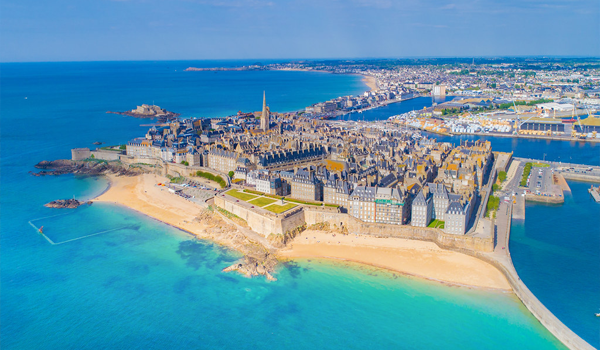
Saint Malo
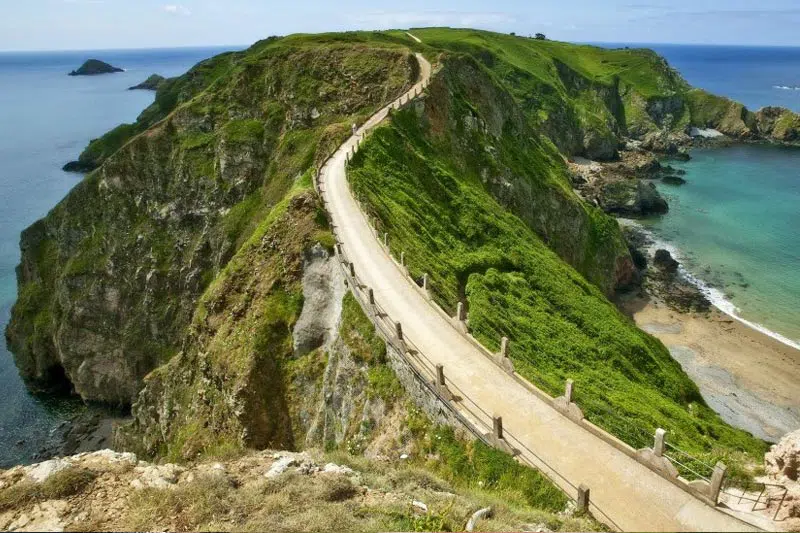
Guernsey
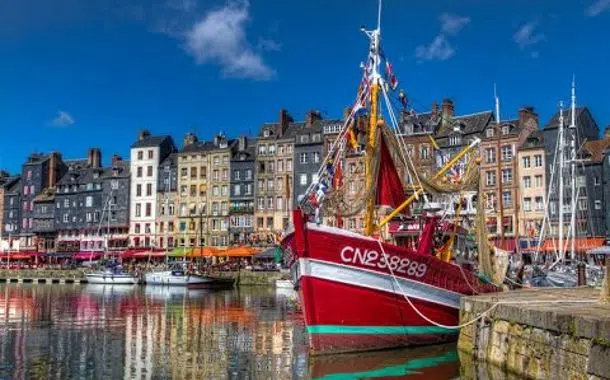
Honfleur
Honfleur is a French city situated in the low Normandy. In the past, the city has been Norman, English and French property and had an economic boom at the end of the Hundred Years’ War. In the XVII Century, the city became rich thanks to the commercial relationships with Canad, Antilles, Africa and Azores and became one of the main ports for the slave trade.
One of the most characteristic aspects of the city are the houses fronting onto the Seine, so that it feels like you’re looking at an Impressionist painting. It is not a case that great artists, such as Monet, Courbet and Boudin, chose Honfleur as the place where to find inspiration for their artistic production.
The cultural and architectural heritage includes churches and museums, such as the Musée de Vieux Honfleur, where ventures of local travellers are collected, or the Eugène Boudin Museum, where you can find paintings by local artists dated back to XIX and XX Centuries.
Honfleur is a liveable city and, in its alleys and cobblestone streets, holds a one-of-a-kind allure.

Honfleur
Honfleur is a French city situated in the low Normandy. In the past, the city has been Norman, English and French property and had an economic boom at the end of the Hundred Years’ War. In the XVII Century, the city became rich thanks to the commercial relationships with Canad, Antilles, Africa and Azores and became one of the main ports for the slave trade.
One of the most characteristic aspects of the city are the houses fronting onto the Seine, so that it feels like you’re looking at an Impressionist painting. It is not a case that great artists, such as Monet, Courbet and Boudin, chose Honfleur as the place where to find inspiration for their artistic production.
The cultural and architectural heritage includes churches and museums, such as the Musée de Vieux Honfleur, where ventures of local travellers are collected, or the Eugène Boudin Museum, where you can find paintings by local artists dated back to XIX and XX Centuries.
Honfleur is a liveable city and, in its alleys and cobblestone streets, holds a one-of-a-kind allure.
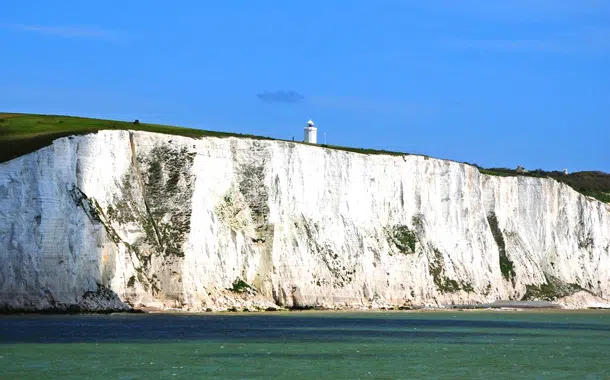
Dover
History of Dover
Enveloped by the passage of time, Dover stands as a monumental beacon of Britain's heritage. Situated at the closest point to continental Europe, it has served as the gateway to England for centuries. The iconic White Cliffs of Dover, symbolic of hope and freedom, have witnessed the ebb and flow of conquerors, traders, and travelers. Central to its historical narrative is Dover Castle, known as the "Key to England," boasting an extensive history dating back to the Iron Age and later fortified by the Romans and Normans. This town is not just a witness but a storyteller of England's tumultuous history.
Climate in Dover
Dover's climate is characterized by its mildness, a trait particularly appealing to those seeking to escape extreme weather conditions. Summers are pleasantly warm without being oppressively hot, with average temperatures hovering around 20°C (68°F), making it an ideal time for exploring. Winters are moderate, with temperatures rarely falling below freezing. This temperate climate ensures that Dover can be enjoyed year-round, offering a comfortable environment for all its visitors.
Attractions and Places to Visit
Dover is not just a historical gem but also a treasure trove of natural beauty and cultural sites. Beyond the White Cliffs, Dover Castle stands as a formidable reminder of the past, offering breathtaking views and a deep dive into history. The Secret Wartime Tunnels weave beneath the castle, offering an immersive experience into WWII strategies. For nature lovers, the Samphire Hoe Country Park, created from the material dug to build the Channel Tunnel, offers serene walks and stunning vistas. Each site in Dover tells its own unique story, inviting exploration and discovery.
Local Cuisine and Specialty Products
The culinary landscape of Dover is as rich and varied as its history. Known for its fresh seafood, the town boasts dishes like Dover sole, celebrated worldwide for its delicate taste. Local pubs and restaurants also offer traditional English fare, from hearty stews to the classic fish and chips, often with a contemporary twist. Regional produce, like Kentish apples and artisanal cheeses, add to the gastronomic experience, making Dover a must-visit for food enthusiasts.
Concluding Remarks: Embark on a Cruise from Dover
Embarking on a cruise from Dover is not just a journey; it's an adventure steeped in history, natural beauty, and culinary delights. This port, renowned for its strategic importance and breathtaking views, serves as the perfect gateway to exploring the British Isles and beyond. With its convenient location, temperate climate, and rich cultural tapestry, Dover invites cruisers to begin their voyage in a city that promises an unforgettable experience. Whether you're drawn by the call of history, the allure of gastronomy, or the simple joy of scenic landscapes, Dover is a destination that transcends expectations, making it an ideal starting point for your next cruise adventure.
